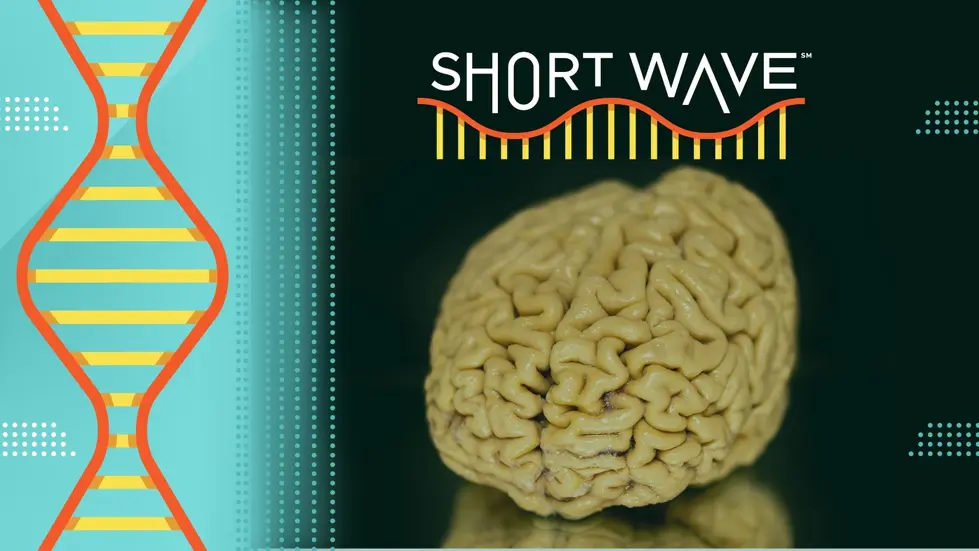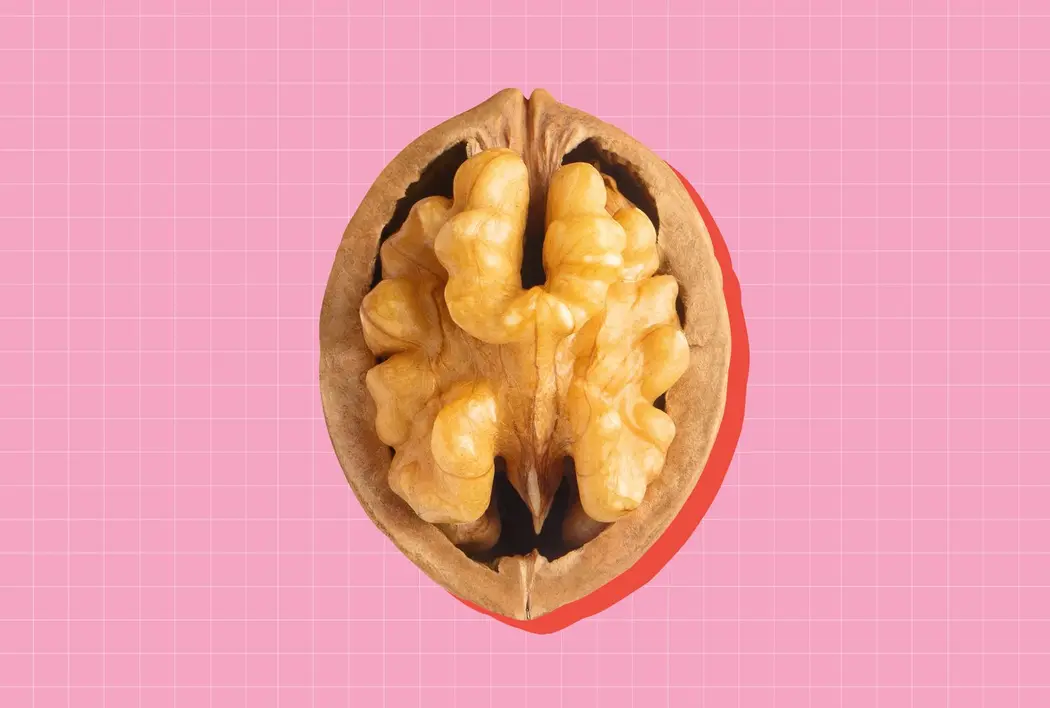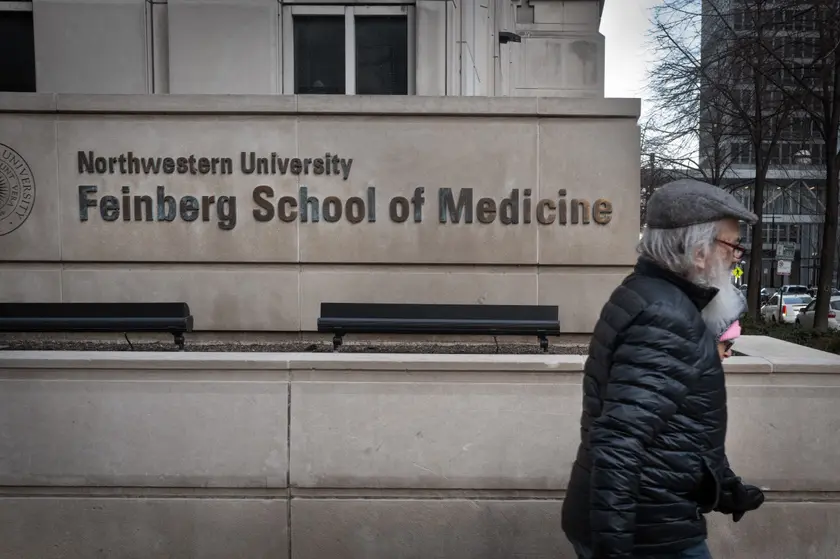T4K3.news
SuperAger brains stay sharp
New research sheds light on why some people stay mentally sharp into their 80s and beyond.

A Northwestern study of SuperAgers offers clues about why some octogenarians preserve memory and brain structure.
SuperAger brains stay sharp into their 80s
The Northwestern SuperAging Program has studied 113 living SuperAgers and, over 25 years, 80 brain tissue donors. Of nearly 2,000 people screened, fewer than 10 percent meet the strict criteria to be called a SuperAger. The pattern shows that SuperAgers tend to be highly social and value independence, but health behaviors vary and there is no single lifestyle that guarantees exceptional memory.
In brain tissue, researchers found thicker cingulate cortex in SuperAgers, fewer tau tangles in the hippocampus, and unusually large neurons in the entorhinal cortex. They also report fewer activated microglia compared to peers, suggesting less inflammation. The work underscores that genetics and environment shape aging, and that prevention may require a mix of approaches from genetics to social life. There is no simple fix for Alzheimer disease, and progress will come from many teams over time.
Key Takeaways
"There is not a one target resolution for Alzheimer disease."
Gefen on the lack of a single fix for Alzheimer disease.
"Genetics are tricky. It is not just whether you have a gene, it is about how environment influences how a gene is turned on."
Gefen describing epigenetic factors in brain aging.
"Staying socially active is a protective feature."
Gefen on social engagement as a protective factor.
"Entorhinal cortex neurons were larger than those in much younger individuals."
Gefen describing neuron size in SuperAger brains.
The findings shift the aging conversation from single genes to networks of brain health. The emphasis on social engagement and autonomy aligns with public health ideas that social ties protect cognition. But the study’s limitations include small donor numbers, survivorship bias, and the challenge of proving cause from correlation, so readers should be cautious about applying these results to everyone.
If scientists map the signals that keep neurons robust, the future may bring genetics based prevention paired with lifestyle and environmental changes. Yet the article also reminds readers that progress will come from many teams and generations of research, not from a single breakthrough.
Highlights
- There is not a one target resolution for Alzheimer disease.
- Genetics are tricky. It is not just whether you have a gene, it is about how environment influences how a gene is turned on.
- Staying socially active is a protective feature.
- Entorhinal cortex neurons were larger than those in much younger individuals.
The path to longer, sharper minds will unfold in layers, not with a single breakthrough.
Enjoyed this? Let your friends know!
Related News

SuperAgers memory secrets revealed

Study reveals secrets of SuperAgers' brains

Experts recommend dietary changes for midlife health

Brain fog relief starts on the plate

SuperAgers defy aging myths

Limit Candy for Better Brain Health

Study links popular snacks to higher dementia risk

SuperAgers Show Slower Brain Aging
